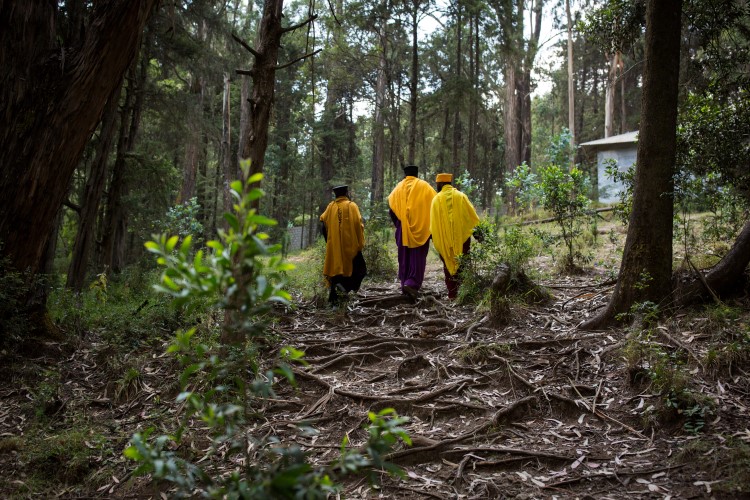
More than ¾ of the world's biological diversity is found in forests. In addition, forests and trees serve as a source of food, medicine, and fuel for more than a billion people. Forests are natural watersheds for wetlands and river systems

A report from ecologists at the Crowter Lab states that planting forests is the most effective and only realistic measure to maintain the 1.5-degree goal and to ensure biodiversity against climate change.
In a country where most of the forest is gone, new trees must be planted next to old trees for them to survive. Every Orthodox church in Ethiopia has a church forest: 35,000 green lungs of forest in an otherwise arid landscape. Some of the trees are estimated to be 1500 years old. Together with our local partners, Norwegian Church Aid is planting new trees to expand and connect these forests.
Nanotechnology enables humans to copy nature and to understand the mechanisms that govern nature's solutions. Man has therefore come a long way in imitating nature's own principles. Photosynthesis is known from the formula 6 CO2 (carbon dioxide) + 12 H2O (water) ⇒ C6H12O6 (sugar) + 6 O2 (oxygen) + 6 H2O. Artificial photosynthesis is a cost-effective chemical method for mimicking partial reactions in plant photosynthesis, but it has not yet been fully understood what happens naturally in the tree. We produce solar panels that store solar energy in the form of electrons in batteries, but artificial photosynthesis still fails to make synthetic substitutes for leaves. Trees cannot be copied.
Therefore, every tree is a gift to our planet, a gift that counteracts the effects of climate change and ensures plant and human life. A gift that will grow bigger, renew itself and become more important year by year.